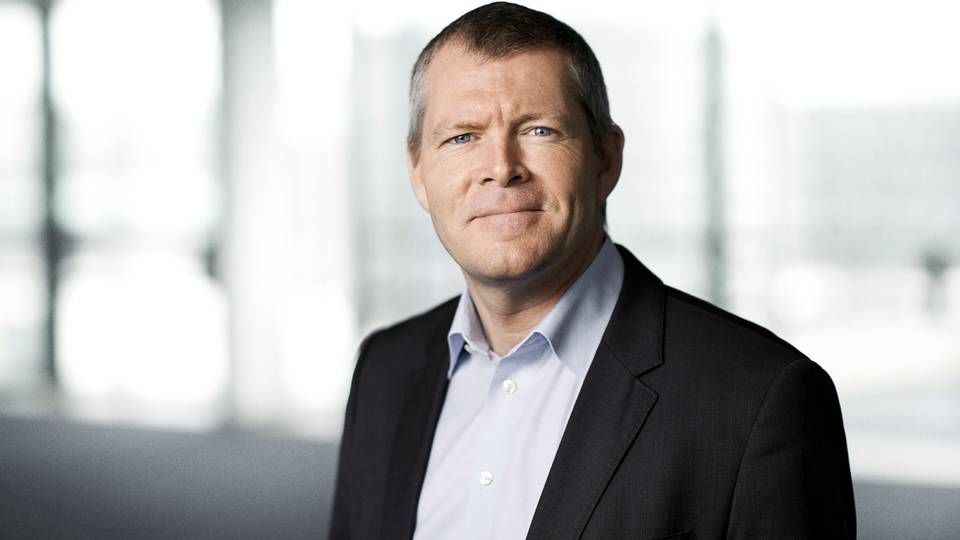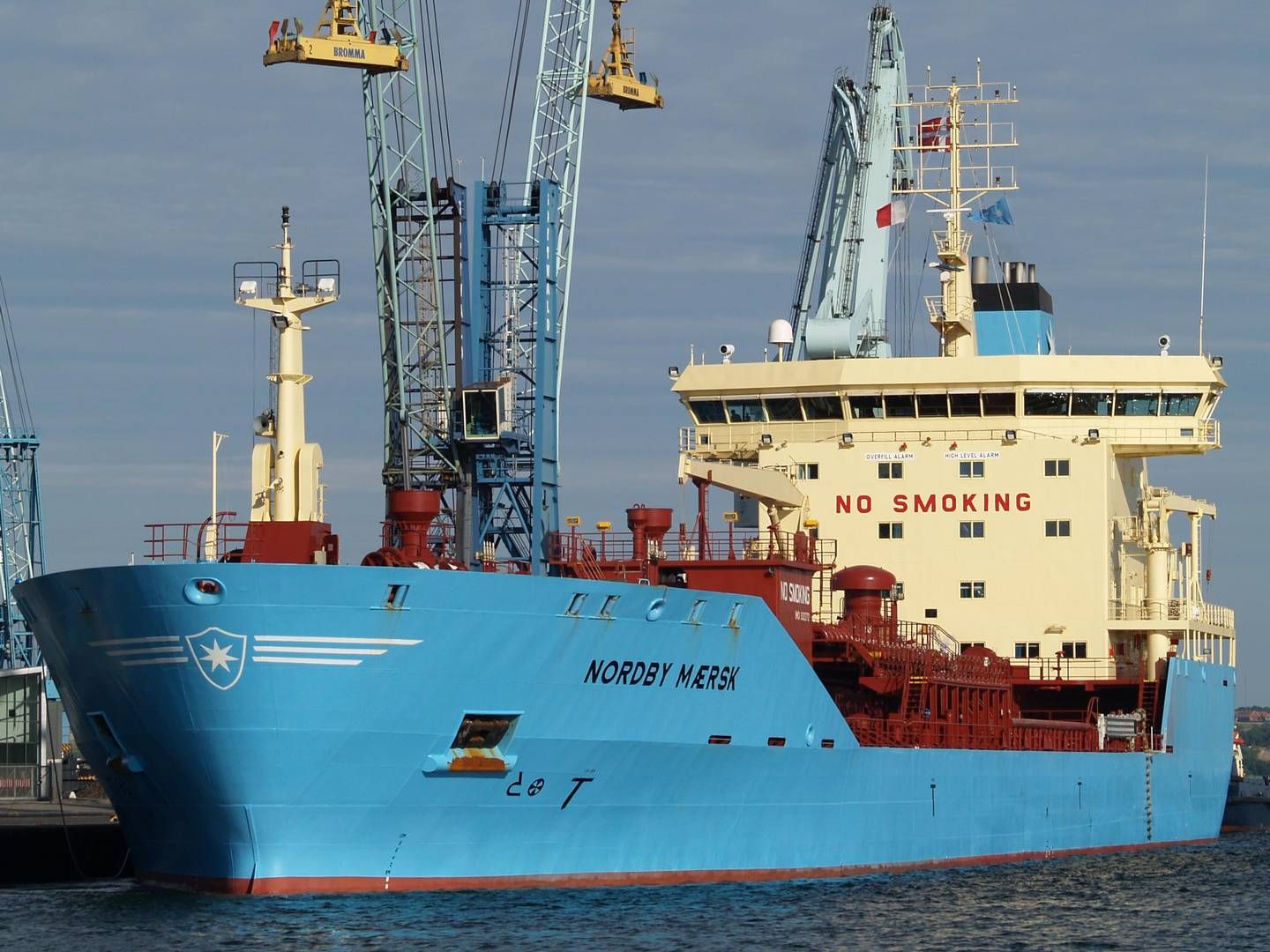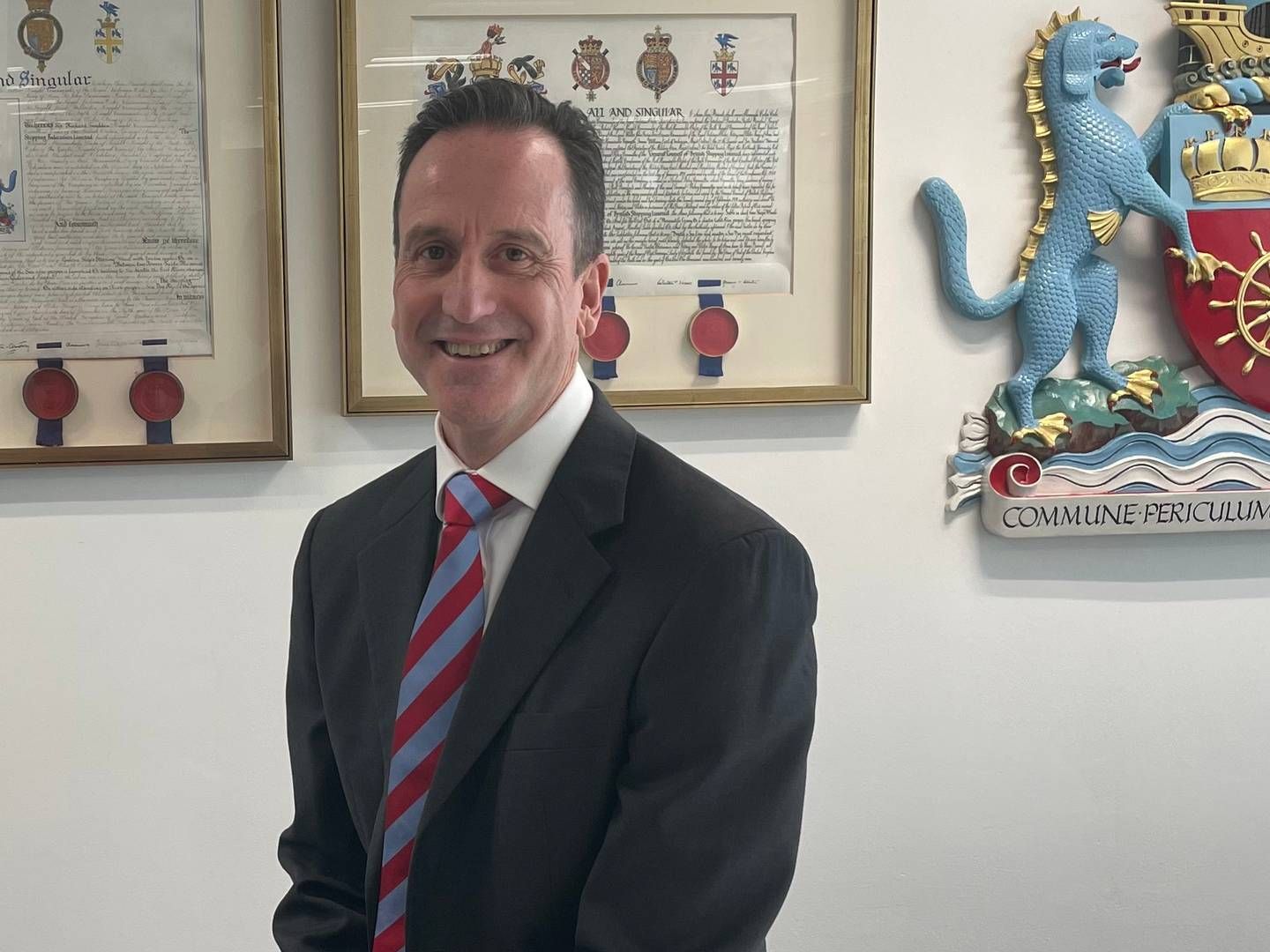Maersk Tankers CEO: This is our plan to beat the competition

Even though the product tanker market looks like an effortless rally with room for everyone and major rewards for the carriers transporting refined oil, Maersk Tankers, as one of the world's by far biggest players in the segment, needs to strengthen its business in several aspects.
This is why the carrier's CEO, Morten Engelstoft, has launched a strategy aimed at setting the company apart from its numerous competitors in the lucrative sector. This applies to both Danish competitors such as Norient or Torm as well as major international players such as Scorpio and Ardmore, explains Morten Engelstoft in an interview with ShippingWatch in which he expands on the individual elements in the strategy while also explaining why he feels that Maersk Tankers need to be further developed in these aspects in particular.
The strategy's base platform consists of three key elements.
The first of these points concerns so-called "active position taking," and this involves, among other things, allocating resources - both among employees as well as in dollars - to achieve better proceeds in terms of buying and selling ships while also safeguarding the carrier financially by betting on what the oil market will look like going forward by using a variety of financial instruments, for instance Freight Forward Agreements (FFA).
"It's a new thing for us to be using FFA's. We trade bonds on the basis of where we believe the market will move at a given point in time. We do this to supplement our base business and to give ourselves new options. With the bond papers we can make money in a geographic region without being physically present, thus increasing our flexibility, and we also use certain models when we trade papers, which add useful information to our core business about where we can place ourselves best in order to grow our earnings," explains Morten Engelstoft.
Maersk Tankers looking to build world's largest tanker pool
So far the carrier has started out with small steps to test the FFA market, but the plan is to increase this scope alongside earnings. The same applies to buying and selling ships, an area in which Maersk Tankers has raised its ambitions and has allocated a figure earmarked for purchasing vessels, enabling the carrier to strike quickly when the right opportunities emerge.
"This is the first time that Maersk Tankers has allocated funds to buy vessels at the most opportune moments and to also be ready to divest ships when the second-hand market is similarly lucrative," says Morten Engelstoft.
And lastly, the strategy's first point, active position taking, involves securing better market information and to use these information in a more efficient and coordinated manner. As Engelstoft says, it might sound simple, but it is basically a matter of drawing on business intelligence to ensure that the ships are located where the most lucrative cargoes are found.
After spending one year in development, the CEO can finally say that the carrier has a model that combines all the interesting data and which can be used to predict movements in the market, thus providing an overview. Which is something the carrier has not really had in the past.
The pool fleet
The second element in the strategy aims to establish a combined pool fleet under Maersk Tankers of around 100-150 ships in addition to the carrier's own vessels. Maersk Tankers currently has around half this number, but within a few years the carrier will accrue more players and more ships under its wings.
"Besides our own ships, today we have 50 to 60 ships in our pool in which we operate on behalf of other companies. We earn a management fee and there are economies of scale in being able to cheaply acquire bunkers and save on other ship-related costs, for example port calls and towing. We want the total number of ships to grow, ideally by 100 to 150 external ships, or maybe even more," says Morten Engelstoft.
And the new strategy is the tool that will enable Maersk Tankers to deliver better commercial results than other pool operators, he adds.
The final element in the strategy deals with cost leadership, which should not be confused with just having the lowest prices, as this is not what the carrier is marketing itself on. Rather, this is a matter of always being competitive, including - as is the case for the Maersk Group overall - to cut costs annually and ensuring lower costs than its competitors.
The cost leadership element echoes the way the Maersk Group's biggest business unit, Maersk Line, is driven through ups as well as downs in the container market. And this was also where Morten Engelstoft himself came from when he as COO of the liner carrier around two years ago was appointed CEO of Maersk Tankers and APM Shipping Services.
Since that time, an unusually strong market for the transport of both crude oil and refined oil products has benefited all players in the industry, which are publishing one positive result after another, with solid profits all around. The strategy will be what sets the carrier apart in the market, explains Engelstoft, who was able to deliver a record result for the carrier after the third quarter.
Maersk Tankers achieved a profit of USD 59 million in the third quarter this year.
Maersk Tankers orders new ships from Chinese yard
Engelstoft: Maersk Tankers will not grow bigger
Related articles
Engelstoft: Maersk Tankers will not grow bigger
For subscribers
Maersk Tankers eyes strong market throughout 2015
For subscribers




















